10 Google Workspace Alternatives in 2025: Tools Like G Suite
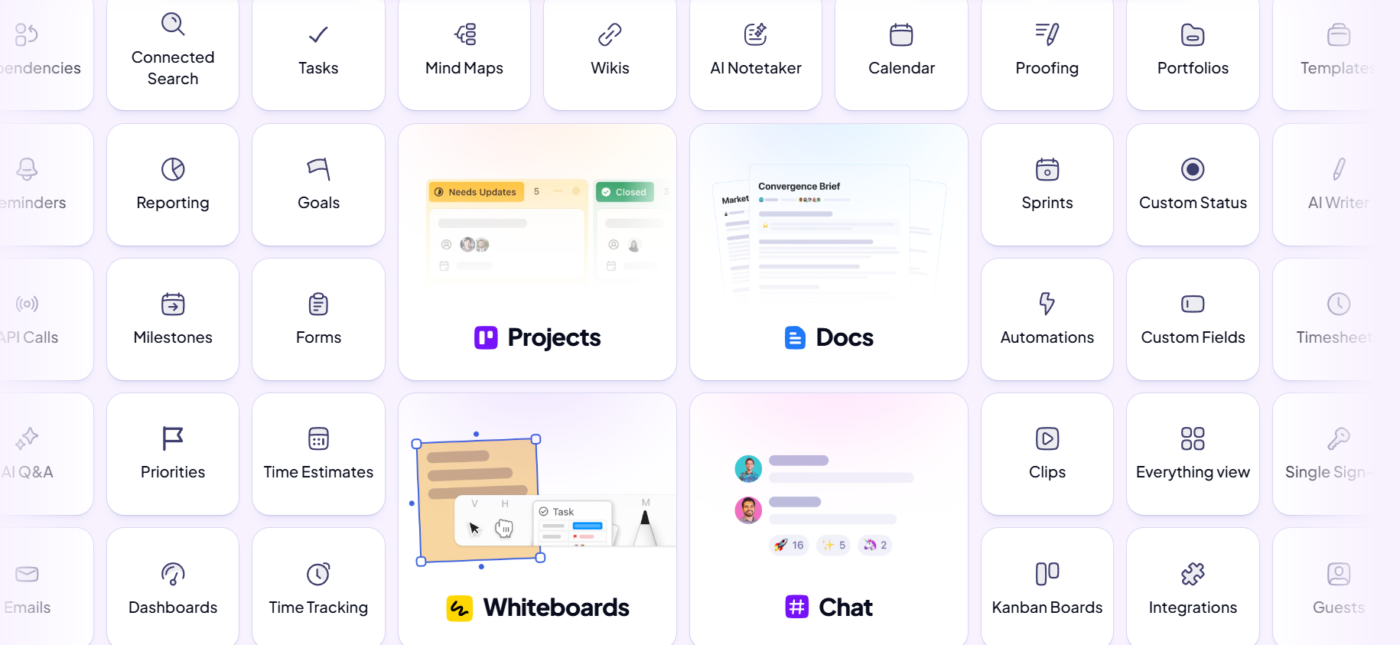
Sorry, there were no results found for “”
Sorry, there were no results found for “”
Sorry, there were no results found for “”

The modern workplace relies heavily on collaboration tools to stay connected, productive, and organized. Software suites like Google Workspace (formerly G Suite) have changed how we work, making it possible to co-create with a teammate on the other side of the world.
For $5.40 (discounted pricing) and up, Google Workspace users get a custom business email, customer support, and document collaboration tools like Drive, Docs, Slides, Meet, and more. That’s a wide range of features, all within the familiar world of Google.
But recent price increases have sent small and medium businesses searching for Google Workspace alternatives.
Fortunately, there are plenty of options for teams (and budgets) of different sizes. In this article, we’ll look at 10 alternatives to Google Workspace for SMBs, enterprises, professionals, and students.
The top 10 Microsoft Office alternatives for different needs:
When evaluating G Suite alternatives, consider what kind of collaboration tools and features are most important to you. Think documents, databases, file sharing, video calls, email, and anything that significantly promotes real-time collaboration for your team.
List down non-negotiables and nice-to-haves. For example, you might require an integrated chat system, advanced tracking of doc changes, and an interface that non-technical users find easy to use.
Maybe you’d love to have email layout options and embedded time tracking, but you don’t find them deal-breakers. List down what you don’t want or need, too — like a long onboarding process or 100TB of storage space.
Once you’ve set your requirements and budget, it’s time to look for alternatives to G Suite and learn what their users think of them. You’ve come to the right place!
Let’s look at 10 platforms that can replace Google Workspace. Learn more about their features, pros and cons, pricing plans, and average ratings.
ClickUp is a powerful project management software. It’s an incredibly customizable platform that streamlines the process of task and task management.
A drag-and-drop interface makes it intuitive to use even for students and non-technical users. You can chat with team members, create feature-rich documents, and visualize timelines and workloads, all from one central place.
Unlike other Google Workspace competitors, ClickUp also has native tools for tracking project KPIs and visualizing project hierarchies. Users can tailor the software to their specific needs, allowing them to build a system that best fits their workflows.
ClickUp’s free version is a great way for teams to test out the platform and see its potential. Plus, if you’re impressed with the software, you can upgrade to one of the paid plans for more advanced features like project timelines and analytics.
ClickUp Docs lets you manage all your docs with the following benefits.
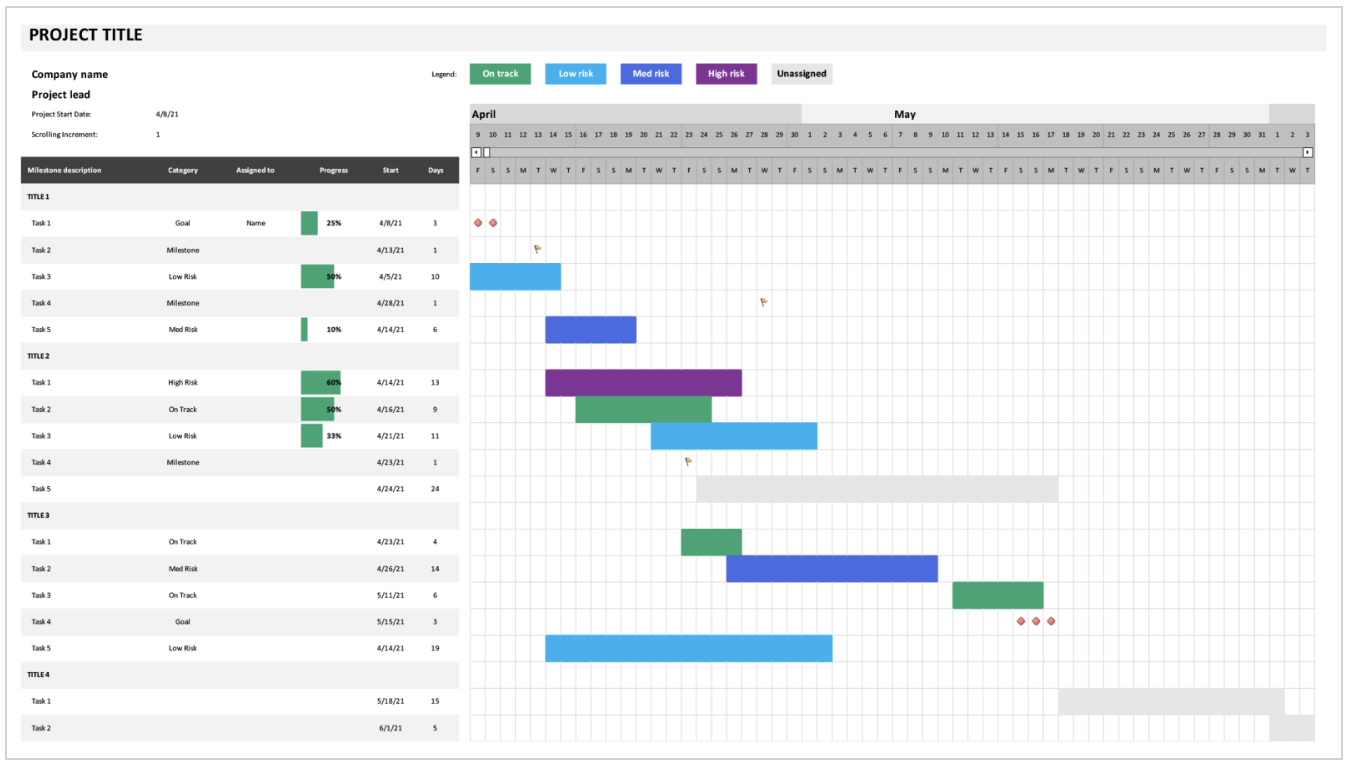
Microsoft 365 brings together Microsoft Office apps in one cloud platform. Its software, such as Word, Excel, and PowerPoint, is familiar to many users, so you likely won’t need lots of training to use them if you’re familiar with Google Docs, Sheets, and Slides.
It’s one of the more expensive Google Workspace alternatives on this list, though, making it less ideal for small businesses.
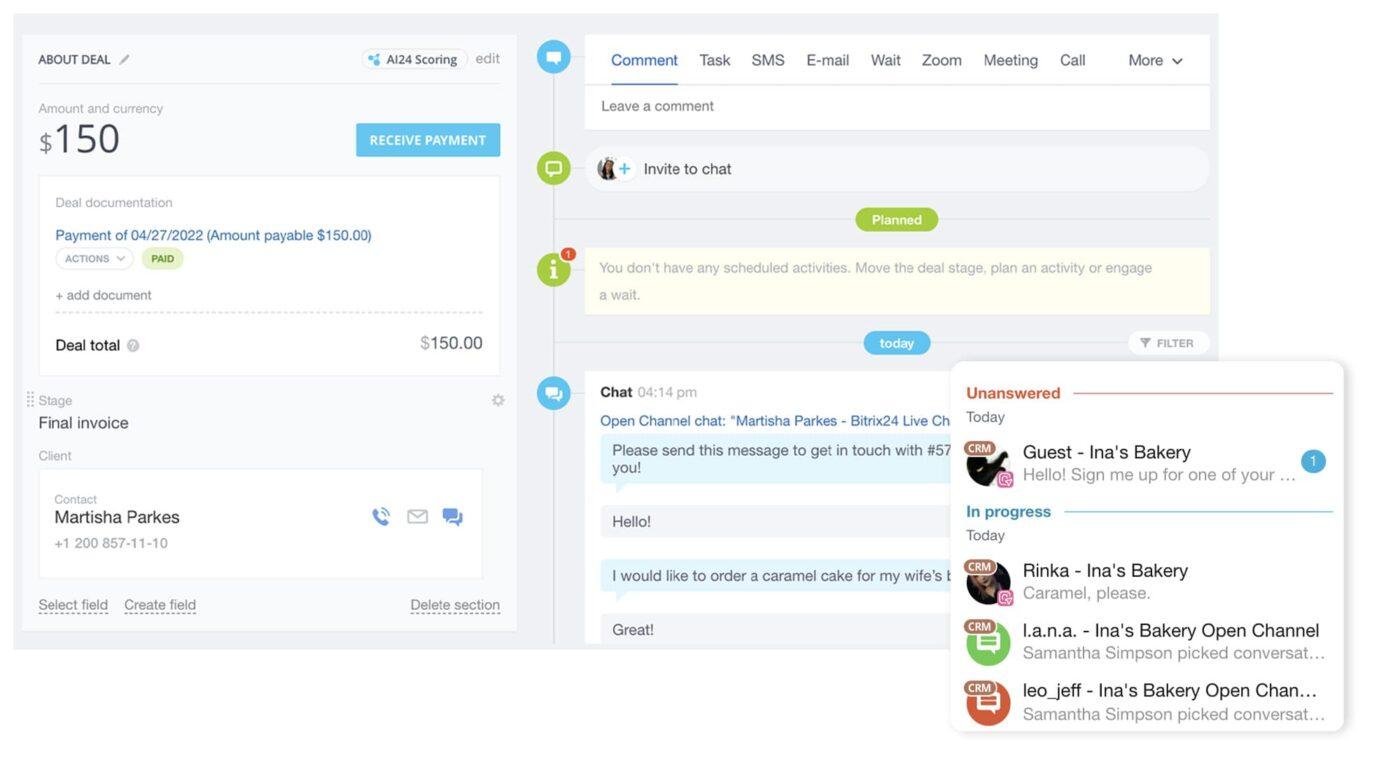
Bitrix24 makes collaboration and productivity easy with its teamwork tools, comprehensive project management capabilities, and versatile communication options. Its high level of customization lets you tailor it to your specific needs—for example, you can create customized dashboards to track KPIs.
But Bitrix24 has its drawbacks. If you’re switching from Google Workspace, you might not find Bitrix24’s UI intuitive to use, which causes some users to look for Bitrix24 alternatives.

Dropbox started with a narrow mission: to simplify the sharing, syncing, and accessing of files across multiple users. These days, it has enough features to make it a potential Google Workspace alternative.
More than 300,000 business teams and over half of the Fortune 500 use Dropbox as a digital workspace and cloud storage solution. But while Dropbox is a powerful file-sharing and collaboration tool, it doesn’t natively offer key communication features that can replace Gmail or Meet.

Asana is a cloud-based collaboration and project management platform that helps teams coordinate tasks, organize projects, track progress, and stay connected. It provides a wide range of features that help teams work smarter and more efficiently.
Although Asana is an extremely powerful workflow management tool, it doesn’t have dedicated tools for creating documents, presentations, and spreadsheets. If you want to use Asana as a Google Workspace alternative, take time to study its app integrations so you can connect all the tools you need in one platform.
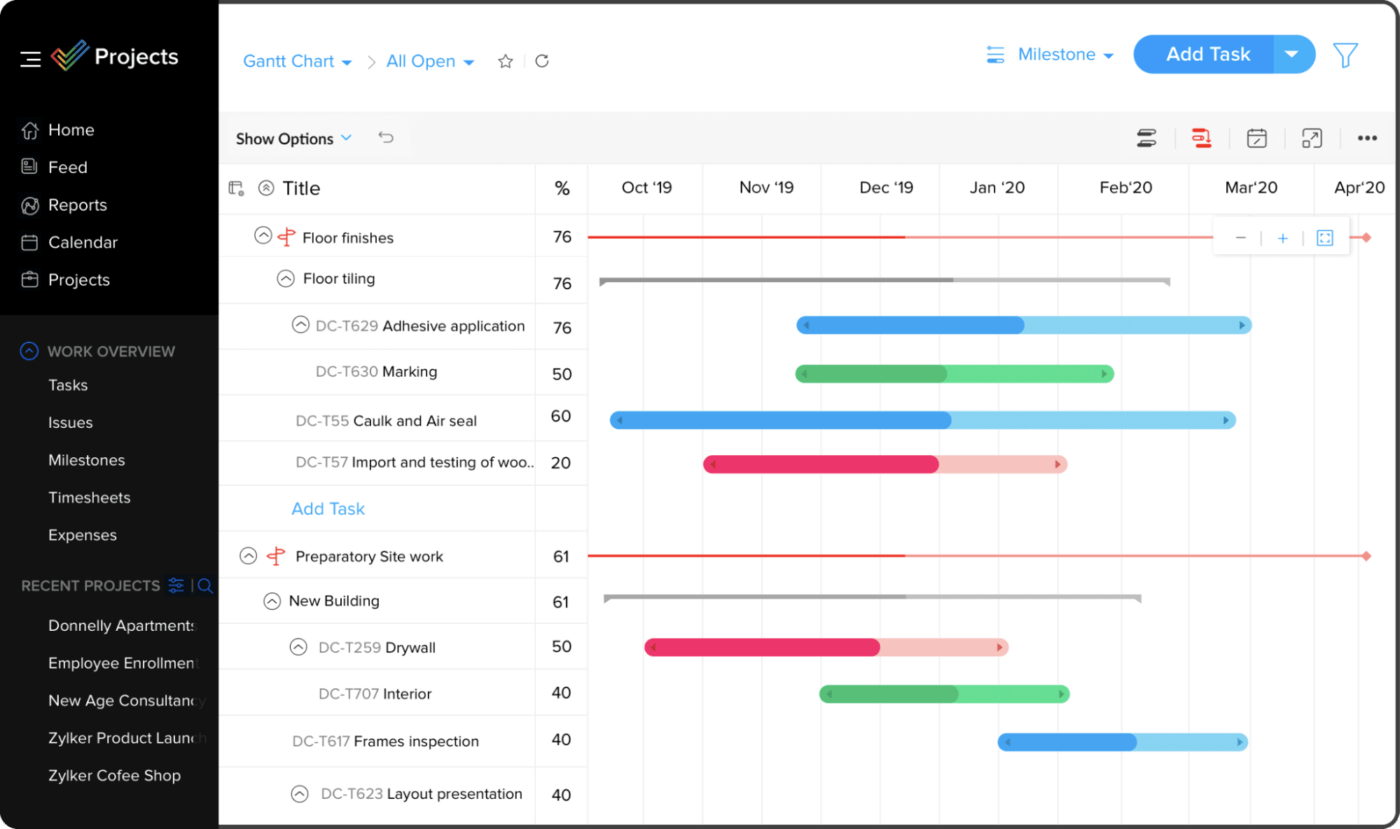
Zoho Workplace is a cloud-based productivity suite designed to help businesses, teams, and individuals collaborate, communicate and get work done. It includes a variety of features such as document creation and storage, task management, email hosting, video conferencing, and project tracking.
Compared to some of the options on this list, Zoho Workplace is not a well-known alternative to Google Workspace. That means you’ll find fewer resources to teach you how to make the most out of this platform.
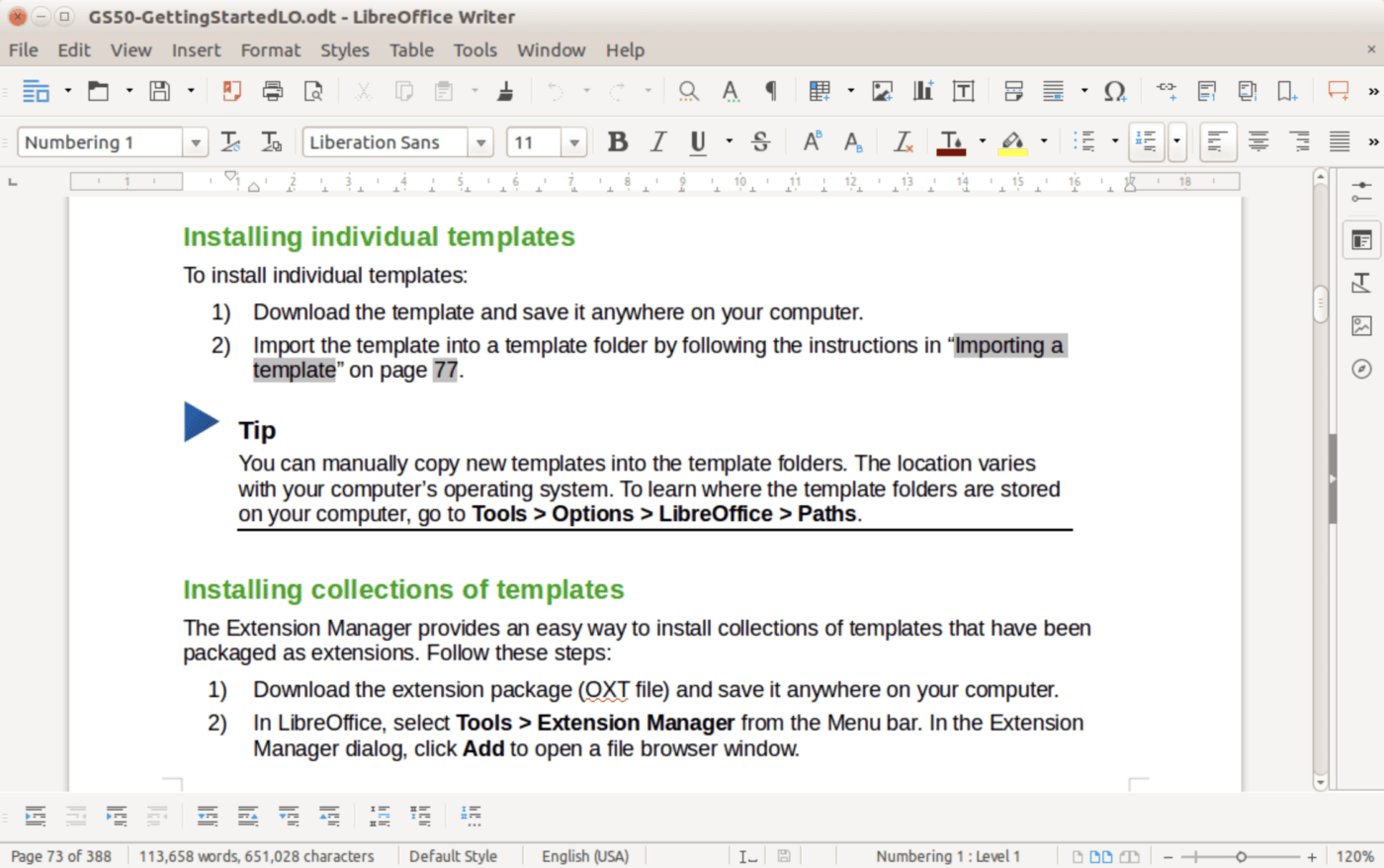
LibreOffice is an open-source productivity suite that includes tools for word processing, spreadsheets, presentations, databases, and more. It’s compatible with a wide range of file formats, including Microsoft and G Suite files, and can be used on Windows, macOS, and Linux.
“Libre” is Spanish for free—and LibreOffice is exactly that. It doesn’t have many bells and whistles, but it works as an alternative to Google Docs, Sheets, and Slides.
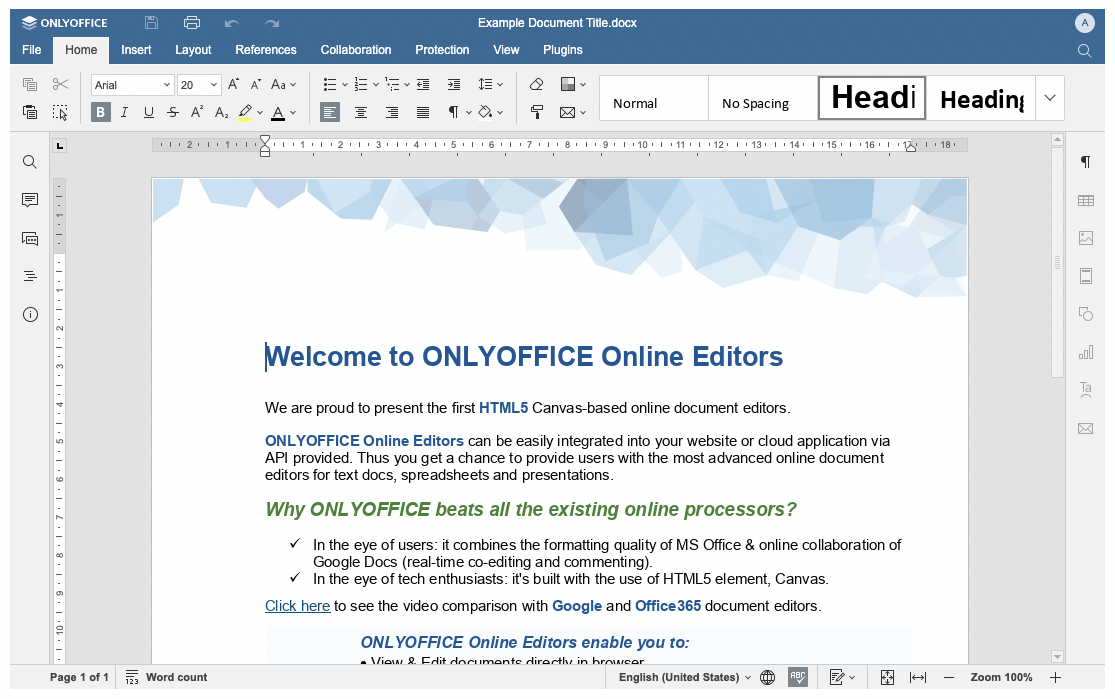
OnlyOffice is an office suite designed to help teams collaborate and get work done. You can deploy it either over the cloud or on-premises. It’s a good alternative to G Suite if you do much of your work on word processing, spreadsheet, and presentation software.
If you choose on-premises, you’ll need to spend on (and maintain) a private server.
Cloud
On-Premises
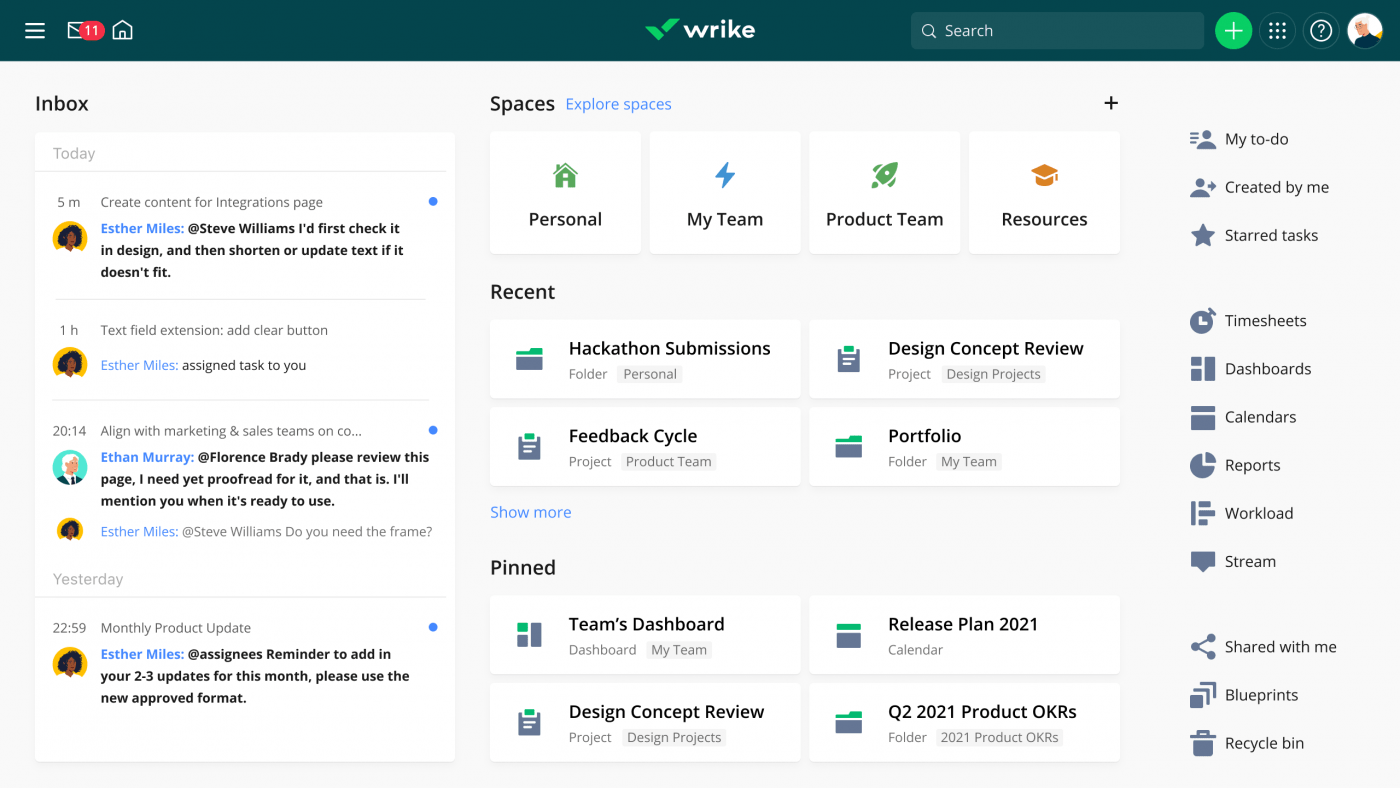
Wrike is a cloud-based project management platform designed to help teams work together more efficiently. It includes a variety of features such as task lists, resource management, time tracking and reporting, custom dashboards, automated workflow, and more.
Wrike also has a mobile app so you can access projects on the go.
In contrast to the ease of using Google Workspace and other Wrike competitors, you probably won’t hit the ground running if you go with Wrike. Ask the Wrike team to help you set up a system tailored to your company’s processes and needs.
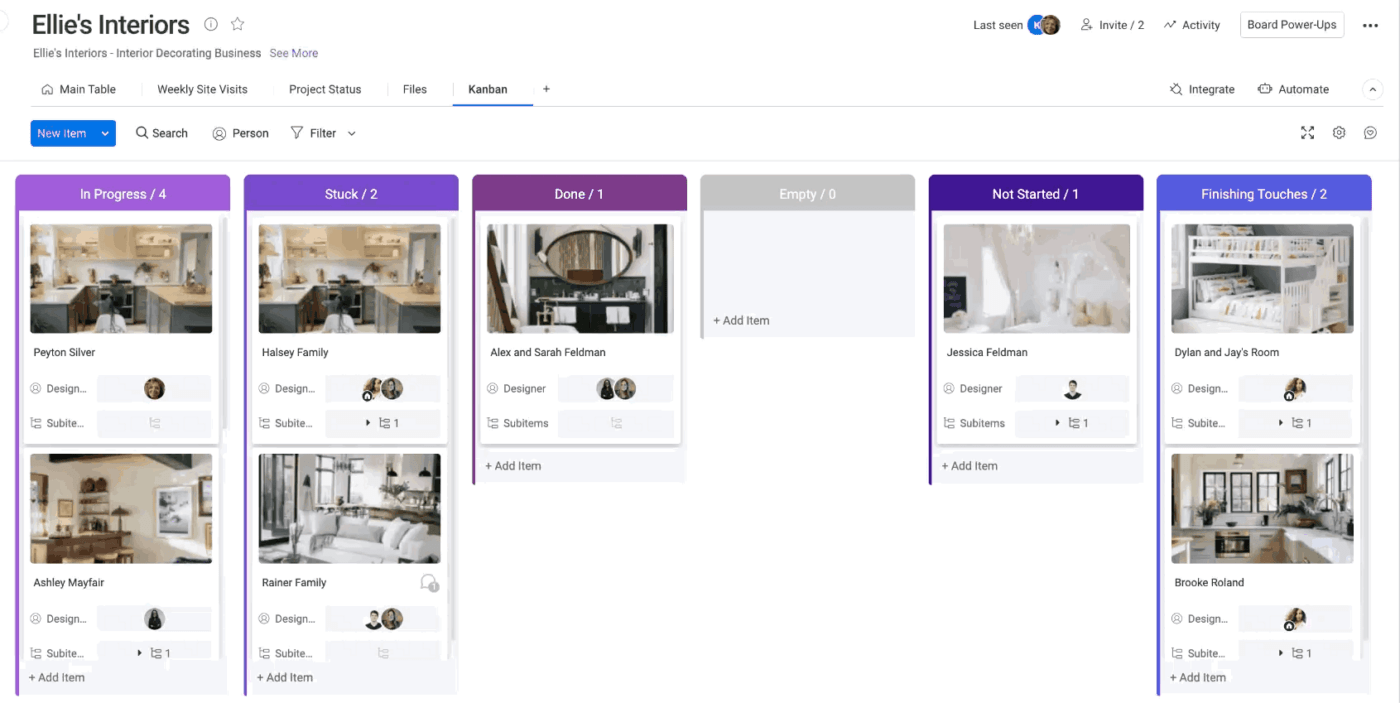
Monday.com is a web-based work OS that lets you integrate apps as building blocks to build the productivity suite you need. It includes a variety of features such as task boards, dashboards, file sharing, messaging, and more.
While its “building blocks” approach is novel and creative, it’s not for everyone, which leaves some searching for Monday alternatives. Read on to determine if Monday really is the Google Workspace alternative you need.
As you can see, there are a variety of Google Workspace alternatives that offer powerful features designed to help teams collaborate and get work done.
Whether you’re looking for an affordable solution or something with more advanced capabilities, the options outlined in this article should have something to fit your needs. Each platform comes with its own unique set of pros and cons so make sure to do some research before deciding which one is right for you.
With all these G Suite alternatives available now, it’s never been easier to find the perfect collaboration tool for your team!
© 2025 ClickUp